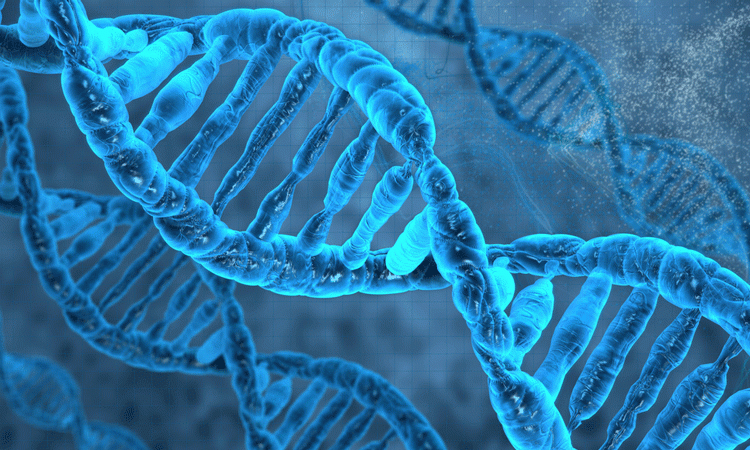Researchers develop new DNA microscopy technique
Posted: 6 September 2019 | Victoria Rees (Drug Target Review) | No comments yet
The novel method for imaging molecules in cells and tissue samples, called DNA microscopy, could improve knowledge of disease development.


Researchers have created a new method for creating images of molecules in cells and tissue samples, called DNA microscopy. The authors of the study say that this new technique can provide insight into how different diseases develop.
The Karolinska Institutet, Sweden and colleagues from Aalto University, Finland developed the technique.
The process involves researchers mixing up cell or tissue samples with sequences of single-stranded DNA, selected to attach to the specific molecules to be studied. For example, if it involves a specific protein that is going to be investigated, small DNA snippets are used that bind to the particular protein. In the next stage, enzymes are fed to the short DNA sequences to connect and form DNA molecules.
This knowledge can provide us with a better picture of how different diseases develop”
Analysing these newly formed DNA molecules the researchers found they could see which DNA snippets were next to each other as a result. Based on this information, the team show how the DNA sequences must be connected.
As DNA sequences are attached to the molecules that are being represented, the researchers say it is possible to comprehend how abundantly they occur and where they are positioned in cells.
“You can liken it to the table placement game at a wedding where each guest gets a note that matches the person next to them at the table. If you have all of these notes you can recreate the table placement. In our experiments, the notes represent the DNA-snippets and the guests are the molecules that the snippets are attached to,” said Björn Högberg, professor at the Department of Medical Biochemistry and Biophysics at Karolinska Institutet.
The team comment that with DNA microscopy it is possible to screen for certain molecules and examine how frequent they are, saving time compared with traditional microscopy.
The method also makes it possible to see what role the immediate environment plays in the life of a cell, ie, how micro-environment might affect possible disease development.
“This knowledge can provide us with a better picture of how different diseases develop. In the long run, this tool can also provide opportunities for safer diagnostics,” added Ian Hoffecker, researcher at the Karolinska Institutet and the coordinator of the study.
The results were published in PNAS.
Related topics
Disease research, DNA, Genomics, Imaging
Related organisations
Aalto University, Karolinska Institutet
Related people
Björn Högberg, Ian Hoffecker



